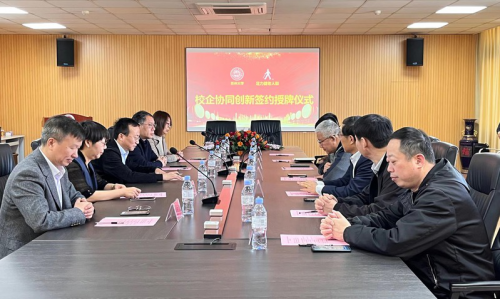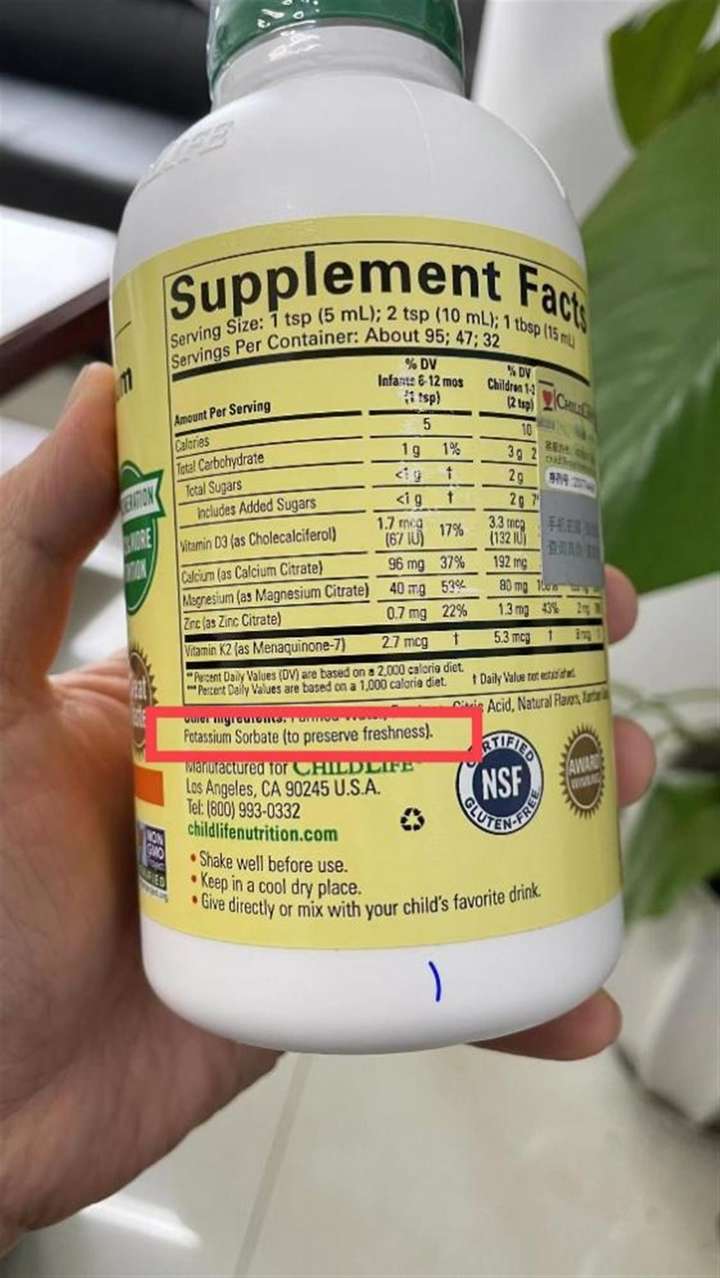新概念英语第二册原文和语法第40课已发布,欢迎大家查看。新概念第二册内容主要针对的是基础比较薄弱的同学,为了方便同学们可以更好地巩固英语基础,小编还整理了新概念英语第二册课文、新概念英语第二册音频、新概念英语第二册电子书相关内容,便于同学们一起学习!
1.next to
挨着
 (资料图片)
(资料图片)
它既可以表示座位挨着也可以表示地理位置上挨着:
Who was the man sitting next to you during the meeting?
开会时坐在你旁边的那人是谁?
There"s a field/shop next to our house.
我们家房子边上有一片田野/一个商店。
2.Mrs. Rumbold was a large, unsmiling lady in a tight black dress.
兰伯尔德夫人是一位身材高大、表情严肃的女人,穿一件紧身的黑衣服。
(1)unsmiling的反义词为smiling(微笑的,喜气洋洋的)。有些形容词前面可以加上前缀un-来表示相反的意义:comfortable(舒服的)/uncomfortable(不舒服的),true(真实的)/untrue(不真实的),interesting(有趣的)/uninteresting(无趣味的,乏味的)。
(2)in在这里表示“穿着”、“戴着”:
A young man in a blue dress is inquiring for you.
有位穿蓝衣服的小伙子在找您。
3.take one"s seat
在指定的位置上就座
take a seat表示“坐下”,比sit要正式:
Please take a seat.
请坐。
take one"s seat则表示位置事先已安排好:
After everyone had taken his seat, the meeting/dinner party began.
大家各自就座后,会议/宴会便开始了。
4.Her eyes were fixed on her plate and in a short time, she was busy eating.
她的眼睛盯着自己的盘子,不一会儿就忙着吃起来了。
(1)fix最常用的意思为“使……固定”、“安装”:
she fixed a handle on the door.
她在门上安了个把手。
fix on的含义之一为“使(目光、注意力等)集中于”、“盯着”:
He fixed his eyes on the book, but he couldn"t understand a word.
他的眼睛盯着那本书,但他一个字儿也没看懂。
(2)busy+ doing sth.表示“忙着做某事”,doing前可以加 in,也可以不加:
They are busy (in) repairing the car.
他们正忙着修车。
We"re all busy getting ready for the performance.
我们都在忙着为演出进行准备。
5.If you ate more and talked less…
如果你多吃点,少说点……
在并列句中,相同的句子成分(如主语、谓语、状语等)通常由同一词性的单词/词组表示,并且它们的长度也差不多,以保持句子的平衡性。在课文中的这句话中ate与talked对应,more与less对应。再如:
You can either go out or stay here.
你出去也行,呆在这里也行。
He wants to buy a lot of things, but he has little money.
他想买的东西很多,但他的钱很少。 间接引语:间接疑问句
在第15课的语法中,我们学习了间接引语的基本形式和间接陈述句的用法(包括时态变化等)。疑问句变为间接疑问句时有一些独特的规律。首先引号和问号不再使用。其次,直接疑问句中的倒装语序在转述疑问句里要还原为陈述句语序(主语+动词)。同时,如有必要,还需改变时态。
(1)间接一般疑问句
转述一般疑问句时必须使用if或 whether,不可省略。助动词do/does和did在转述疑问句里消失了ask, want to know, wonder 等后面的if和 whether通常可以互换,但是whether表示的怀疑程度比 if 稍大。在表示两者挑一时更常用 whether:
She asked me whether I wanted tea or coffee.
她问我要茶还是要咖啡。
转述疑问句中带有or not时,通常用 whether引导:
He wants to know whether or not we want dinner.
他想知道我们想不想吃饭。(不能用 if or not)
(2)间接疑问词疑问句
在转述疑问词疑问句时,不加 whether或 if,通常用原来的疑问词。有时可以将一般疑问句转述为间接疑问词疑问句在针对主语提问的间接疑问句中,时态和情态助动词照常有变化,但语序保持不变。
词汇学习 Word study
1.exchange
(1)vt.换,更换,调换(指同类事物之间):
If you don"t like the colour of this dress, you can exchange the dress in the shop.
你如果不喜欢这件衣服的颜色,你可以去商店换一件。
I want to exchange the red skirt for a blue one.
我想把这条红裙子换成蓝色的。
(2)vt.交换,互换:
I met Frank at a bus stop this afternoon and we exchanged a few words.
我今天下午在一个公共汽车站碰见了弗兰克,我们聊了几句。
Did you exchange gifts after the party?
晚会结束后,你们交换礼物了吗?
(3)n.电话交换台:
He telephoned the hospital exchange and asked for Doctor Millington.
他挂通了医院的交换台,要求与米灵顿医生讲话。
2.inquire
(1)vt.,vi.打听,询问:
He wanted to inquire about a certain patient.
他想打听一位病人的情况。
A Mr. John Gilbert inquired your telephone number.
一位名叫约翰·吉尔伯特的先生打听您的电话号码。
(2)vi.调查,查问:
He didn"t tell the truth when the police inquired into the accident.
当警方调查这次事故时,他没有说实话。
(3)vi.求见(某人),要找(某人):
She inquired for the manager.
她想见经理。
Who are you inquiring for?
你找谁?
新概念英语第二册课文解析及语法总结(第40课)
2013-08-05 23:40:35 来源:考试吧新东方新概念英语辅导班
分享到: 0
关注: 新概念作文大赛新概念2新概念英语第二册答案新概念3新概念英语第三册mp3新概念英语视频 8种方式助你提升词汇量如何利用英剧美剧学英语最新新概念视频课程上线
摘要:今天我们学习新概念英语第二册第四十课课文解析及语法知识的罗列。
新东方在线新概念网络课堂特价优惠班全部新概念课程
课程名称课时原价优惠价免费试听购买
职场·新概念英语视频精讲1册72¥590¥590免费试听购买
初中?新概念英语视频精讲1册72¥590¥590免费试听购买
初中?新概念英语视频精讲2册96¥590¥590免费试听购买
新概念英语第二册第四十课课文解析
1.next to
挨着
它既可以表示座位挨着也可以表示地理位置上挨着:
Who was the man sitting next to you during the meeting?
开会时坐在你旁边的那人是谁?
There"s a field/shop next to our house.
我们家房子边上有一片田野/一个商店。
2.Mrs. Rumbold was a large, unsmiling lady in a tight black dress.
兰伯尔德夫人是一位身材高大、表情严肃的女人,穿一件紧身的黑衣服。
(1)unsmiling的反义词为smiling(微笑的,喜气洋洋的)。有些形容词前面可以加上前缀un-来表示相反的意义:comfortable(舒服的)/uncomfortable(不舒服的),true(真实的)/untrue(不真实的),interesting(有趣的)/uninteresting(无趣味的,乏味的)。
(2)in在这里表示“穿着”、“戴着”:
A young man in a blue dress is inquiring for you.
有位穿蓝衣服的小伙子在找您。
3.take one"s seat
在指定的位置上就座
take a seat表示“坐下”,比sit要正式:
Please take a seat.
请坐。
take one"s seat则表示位置事先已安排好:
After everyone had taken his seat, the meeting/dinner party began.
大家各自就座后,会议/宴会便开始了。
4.Her eyes were fixed on her plate and in a short time, she was busy eating.
她的眼睛盯着自己的盘子,不一会儿就忙着吃起来了。
(1)fix最常用的意思为“使……固定”、“安装”:
she fixed a handle on the door.
她在门上安了个把手。
fix on的含义之一为“使(目光、注意力等)集中于”、“盯着”:
He fixed his eyes on the book, but he couldn"t understand a word.
他的眼睛盯着那本书,但他一个字儿也没看懂。
(2)busy+ doing sth.表示“忙着做某事”,doing前可以加 in,也可以不加:
They are busy (in) repairing the car.
他们正忙着修车。
We"re all busy getting ready for the performance.
我们都在忙着为演出进行准备。
5.If you ate more and talked less…
如果你多吃点,少说点……
在并列句中,相同的句子成分(如主语、谓语、状语等)通常由同一词性的单词/词组表示,并且它们的长度也差不多,以保持句子的平衡性。在课文中的这句话中ate与talked对应,more与less对应。再如:
You can either go out or stay here.
你出去也行,呆在这里也行。
He wants to buy a lot of things, but he has little money.
他想买的东西很多,但他的钱很少。
以上就是为大家整理的“新概念英语第二册原文和语法第40课”,更多新概念英语的干货内容,欢迎访问新东方新概念英语课堂,查看新概念英语第二册课后答案、新概念英语第二册单词和新概念英语第二册视频可供参考。祝同学们学习新概念英语2顺利!
新东方在线英语水平测试








